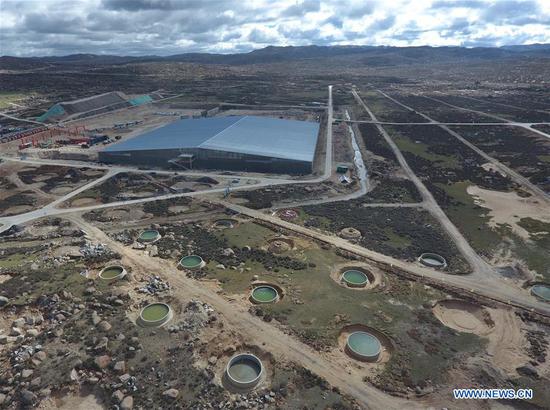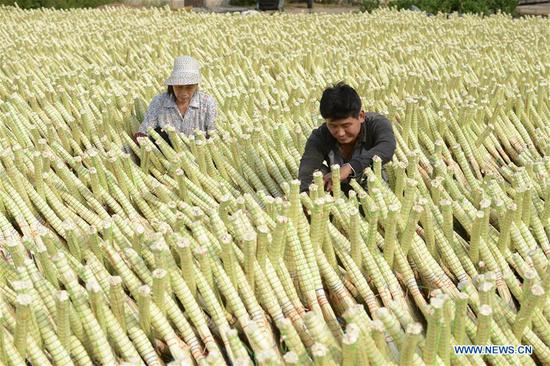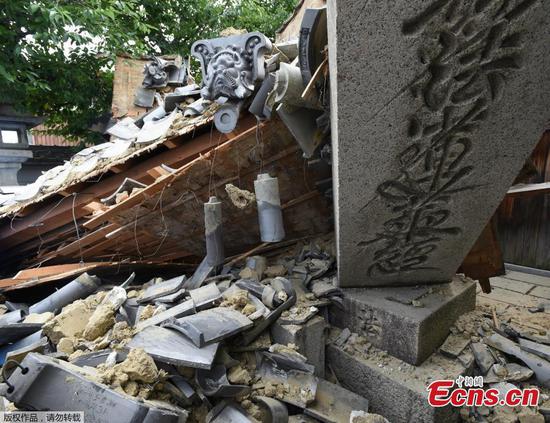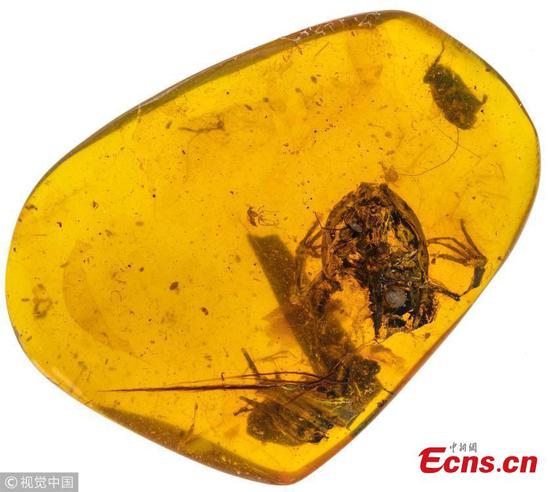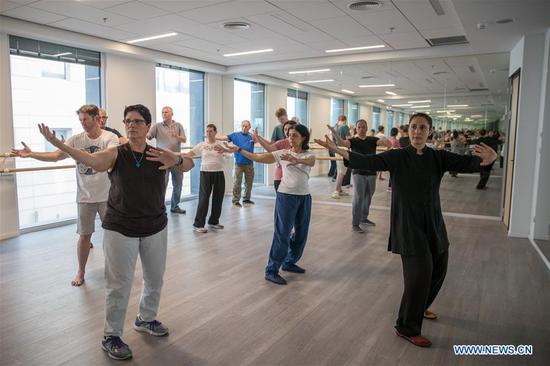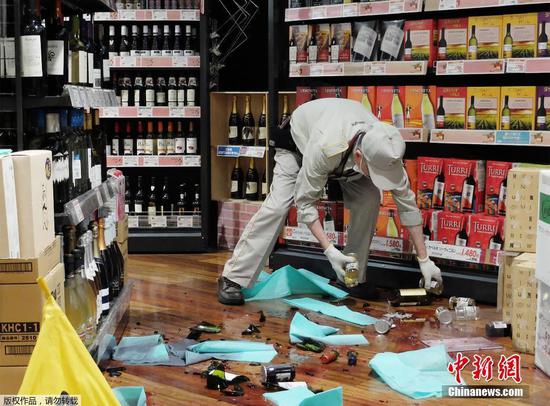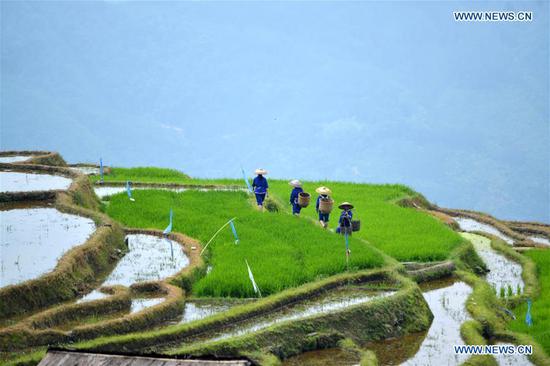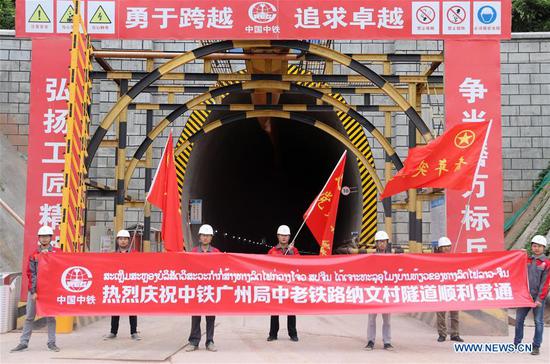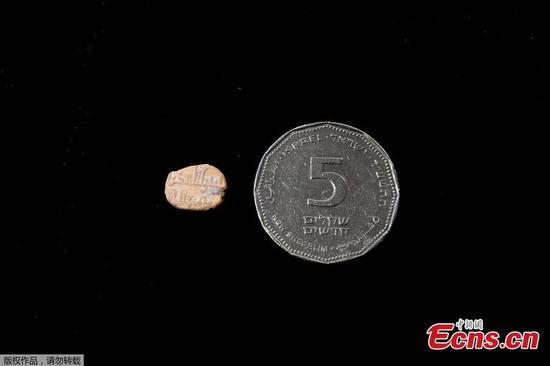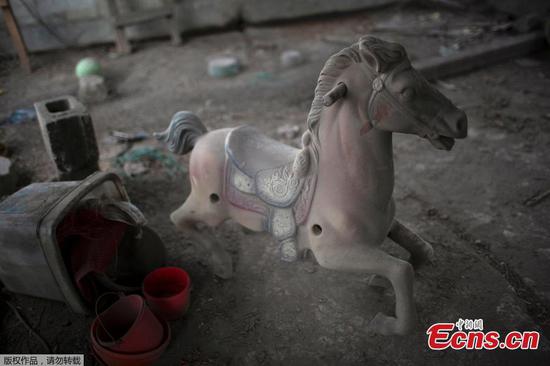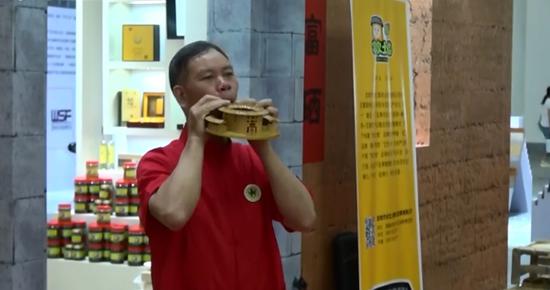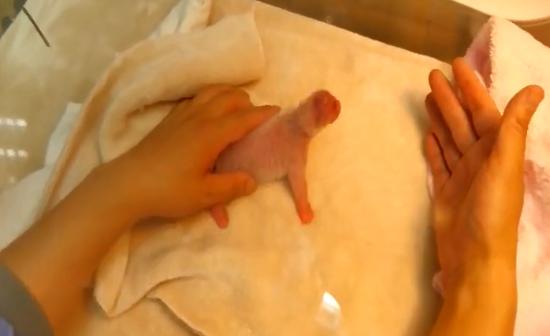One of the first civilizations to make ceramics about 10,000 years ago, China is now developing technology to manufacture ceramics in space.
The most exciting potential use of the technology is to build bases on the Moon, Mars or other planets. Or maybe just to drink tea from a cup made of lunar dust or Martian soil.
Scientists at the Technology and Engineering Center for Space Utilization of the Chinese Academy of Sciences (CAS) have completed the world's first ceramic manufacturing experiment under microgravity, using digital light processing technology aboard a European parabolic flight aircraft in Switzerland.
"This is a widely used 3D printing technology, but it's previously been regarded as inapplicable in a microgravity environment," said Wang Gong, director of the CAS Key Laboratory of Space Manufacturing Technology.
During the flight experiments, the scientists also tested a metal casting technique using 3D printed ceramic molds.
Both experiments are aimed at developing technologies for producing instrument components on China's future space station, or building large telescopes in space, or exploring the Moon and Mars, said Wang.
Lunar dust is mainly comprised of silicate particles at nanometer or sub-micrometer scale, which have a form similar to the raw materials of ceramics. The lunar soil also contains metals such as titanium, aluminum and iron, said Wang.
"We can develop the technology to manufacture ceramic molds with the lunar dust, and then cast components by using metals in the lunar soil with the ceramic molds," Wang said.
However, fine particles are difficult to control in the space manufacturing process as they float easily in a microgravity environment. Currently, filament materials are commonly used in space manufacturing experiments. But their accuracy and smoothness are not satisfactory, said Wang.
Chinese scientists developed a technology to mix the powder into a resin to form a paste, and then solidify it with digital light processing.
"Our team has spent more than two years studying how to make a paste that does not float freely in microgravity, which is the most creative and valuable part of the technology. We think the technology can be used in processing many sorts of fine particles," Wang said.
On June 12 and 13, they conducted 28 experiments under microgravity, two experiments under lunar gravity and two under Martian gravity on the European aircraft, producing ten ceramic and eight metal samples.
"We want to test whether we can make a regular object with a smooth surface with the technology, and we made ceramic cubes to see their micro-structure in different gravity conditions," said Wang.
In the metal casting experiments, they made samples including a screw and a small wrench.
"The samples are of good quality, which shows the technology can be applied in different gravity conditions, and verifies the feasibility of the technology," Wang said.
The technology could be used for in-situ, fast production of semiconductors, bio-scaffolds, optical parts and micro-electromechanical systems for space exploration, as well as in-situ utilization of lunar resources, and might have far-reaching impacts on space manufacturing.
The trial instruments require human operation. "Our long-term goal is to develop intelligent machines that can work on the Moon or Mars. But those machines will be more complicated," Wang said.
"Elon Musk and SpaceX are developing technologies to take people to other planets, and we are developing technologies to help them survive," Wang added.













